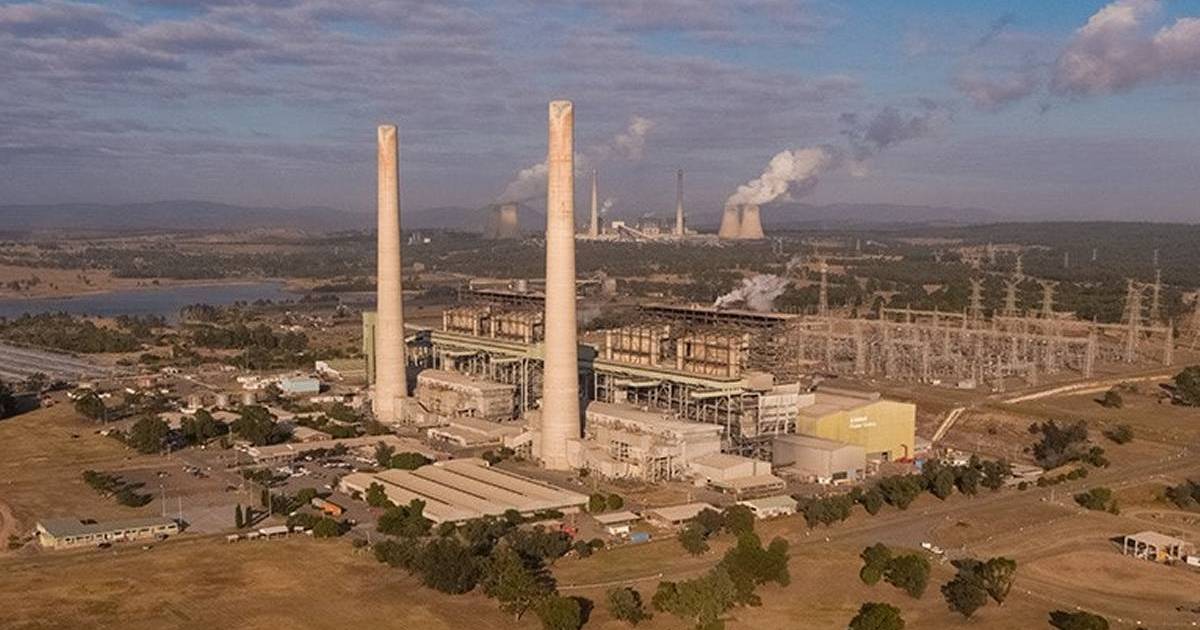
The NSW Environment Protection Authority (EPA) says AGL Macquarie has entered into an Enforceable Undertaking that will see it coughing up $100,000 after another breach of regulations concerning the management of coal ash.
The EPA states back in early 2019, AGL Macquarie self-reported it used the wrong sampling methodology for coal ash at its Bayswater and Liddell Power Stations destined for re-use. What the EPA announcement doesn’t mention is external testing revealed “some” of the coal ash had elevated levels of heavy metals including chromium and cadmium. However, the ash was “unlikely to pose an unacceptable risk to the environment given the uses to which the coal ash is put”.
This isn’t the first slap on the wrist (and let’s face it, that’s all it is) for AGL Macquarie over coal ash . Other incidents include a $15,000 fine in 2016 after discharge of a “relatively small volume” of fly ash into Bayswater Creek and a fine in 2018 after slurry overflowed from ash dam infrastructure at Liddell Power Station into an area with sensitive vegetation.
$82,000 of the $100,000 undertaking recently entered into will be paid to the NSW Department of Planning, Industry and Environment help fund the installation of air monitoring equipment in the Upper Hunter. $18,000 will go to the Singleton Shire Landcare Network for use in the Col Fisher Park Weed Eradication Project.
Additionally, AGL Macquarie will be paying for legal and investigation costs related to the incident ($37,356) and it will need publish the Enforceable Undertaking in local media.
Coal Ash A Huge And Growing Problem
Coal ash is said to account for close to 20% of Australia’s waste stream and has been described as a ticking time bomb. While some of it is re-used in products such as cement, the majority goes into ash dams. Leaching of toxins from the ash into groundwater is among the many concerns regarding this form of storage; particularly in older ash dumps that aren’t lined or newer dams that aren’t adequately lined.
Elsewhere in New South Wales, the ash dams for Vales Point and Eraring power stations were estimated to contain around 60 million tonnes of coal ash last year, with a further 1.9 million tonnes created each year for just those two plants. In November 2019, the NSW Department of Planning, Industry and Environment (DPIE) gave its blessing to the expansion of Eraring Power Station’s 35 million tonne coal-ash storage by 5 million cubic metres.
While coal fired clunker Liddell Power Station is set to close at the end of 2022 and its contribution to electricity generation replaced using a variety of approaches including gas, solar power and other renewables, energy storage and an upgraded Bayswater plant, its toxic coal ash legacy will remain. And Bayswater will continue chugging on, spewing crud into the atmosphere and crapping coal ash until 2035.
A current Parliamentary Inquiry by the NSW Public Works Committee is examining the costs for remediation of coal ash repositories in the state.

 RSS - Posts
RSS - Posts



Speak Your Mind